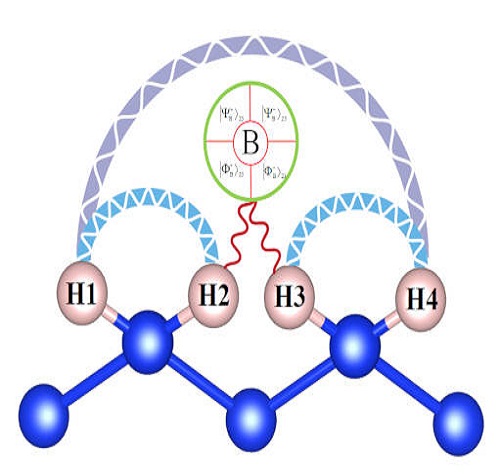Japanese scientist have discovered durable entangled protons on a silicon surface, “opening doors to an organic union of classical and quantum computing platforms and potentially strengthening quantum technology”, according to home of the research, Nagoya City University.
“Proton entanglement has been previously observed in molecular hydrogen and plays an important role in a variety of scientific disciplines,” said Professor Takahiro Matsumoto. “However, the entangled state was found in gas or liquid phases only. Now, we have detected quantum entanglement on a solid surface, which can lay the groundwork for future quantum technologies.”
The entangled states were detected using the surface vibrational dynamics of nano-crystalline silicon with inelastic neutron scattering spectroscopy.
Compared to proton entanglement in molecular hydrogen, the entanglement has a “massive energy difference” between its states, according to the university, suggesting long life and stability – necessary for usable qubits. Stability is such, that the team is talking of computers with a million qubits, compare with ~100 today, as well as atom teleportation (H1→H4 in diagram).
“This could be a game-changer in quantum computing with regard to storing, processing, and transferring data,” said Matsumoto.
The team went on to model a theoretical cascade transition of terahertz entangled photon pairs using the proton entanglement.
Nagoya City University worked with Chuo University, the Japan Atomic Energy Agency, and the Japanese High Energy Accelerator Research Organization (KEK).
The work is described in ‘Quantum proton entanglement on a nanocrystalline silicon surface‘, published in Physical Review B (payment required for access to the full paper).
Source:










